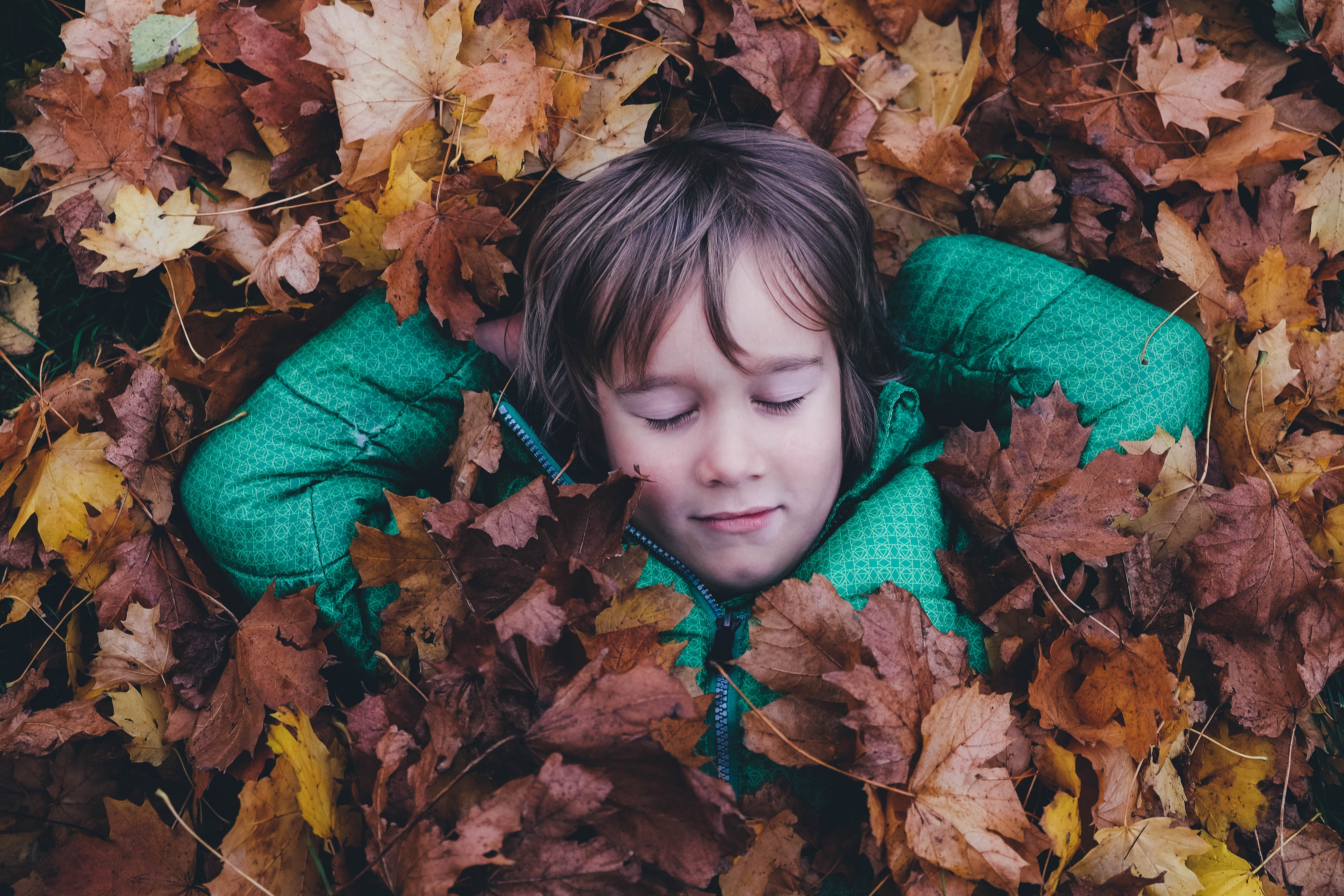 The autumn season is a great opportunity to get outdoors, but what kind of sensory activities can you do with your kids at this time of year? In this article, Rachel Clinkard from Charles Clinkard shares a few ideas.
The autumn season is a great opportunity to get outdoors, but what kind of sensory activities can you do with your kids at this time of year? In this article, Rachel Clinkard from Charles Clinkard shares a few ideas.
Sensory activities are types of play that encourage your child to use their senses, and autumn is a fantastic time of year to do this. From crunchy leaves and crisp autumn air to tasty seasonal foods, this season is one to be celebrated with lots of family sensory activities.
Getting outdoors is a great way to engage the senses as you absorb the sights, sounds, and smells of autumn, and organising play that also engages feel and taste means all five senses can be used at once. So, put on some warm clothes and comfy walking shoes — here are five sensory activities you can do with your little one this autumn.
Planting a kitchen garden
Gardening teaches children responsibility and patience, and what better plants to grow than the ones you can eat? As the name suggests, a kitchen garden is made up of plants you can use in your kitchen, from ingredients like tomatoes and potatoes to herbs, spices, and seasonings. The crops you plant can be adapted seasonally so there’s something to enjoy all year round. Plus, since what you grow can be used to introduce your little ones to cooking, this is a great way to engage taste!
Wildlife scavenger hunts
If your children are reluctant to get their hands dirty, organising a wildlife scavenger hunt can be a great way to get them interacting with nature using just their eyes, ears, and nose. Create a list of local plants and wildlife and head off on a walk to see if you can find any. Try to include a mix of different items such as objects, sounds, and smells to engage more of their senses. Keeping an eye out for local wildlife encourages kids to learn about biology and reflect on our impact on the environment, while hunting for objects on their list can see their problem-solving skills developed.
Creating a mud kitchen
If you fancy a more hands-on sensory experience, getting messy in a mud kitchen is a great opportunity to teach your children about numeracy and literacy, as they follow recipes and weigh out their mud. Aside from playing with dirt, which they normally aren’t allowed to do, this can help them explore a variety of textures as they experiment with different combinations of water, mud, and objects such as twigs and leaves. While they can’t actually eat anything they make (an important rule to stress early on!) they will hone their perception and creativity skills as they forage for materials to use in their mud kitchen.
Sensory bins
Everyone loves plunging their hand into a bin of small surprise items, and making your own at home can be a great way to explore texture and feel on a rainy day, without any messy mud to clean up afterwards. Fill a container with something small such as uncooked rice, dry lentils, shredded paper, or beads. Then, bury a few larger items for your little one to hunt for so that they can explore and learn through hands-on tactile play that engages all their senses. For very small children who like to put things in their mouths, a sensory bin filled with water instead of small objects may be a safer alternative.
Creating an outdoor obstacle course
Making an outdoor obstacle course is a great way to combine play, nature, and exercise. The movement involved helps with developing motor skills and co-ordination, while enjoying the fresh air can give a boost to mood and wellbeing. Use obstacles that require different movements to conquer, such as climbing, jumping, crawling, and swinging. If you have limited space or materials available, try looking for adventure playgrounds in your area that can provide stimulation as they enjoy the autumn air.
There are always plenty of things to see and do in autumn, but organising some seasonal sensory activities for your little one can help aid in their development — as well as being a lot of fun!



